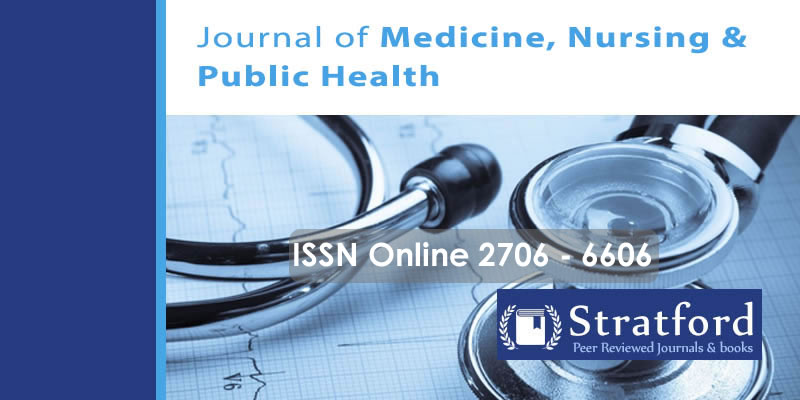Caregivers’ level of income and Access to Rehabilitation Therapy among Children with Disability, in Bangladesh
Abstract
The Government of Bangladesh along with the development partners including NGOs, Disable People’s Organization (DPOs) and civil societies have been taking a wide range of initiatives in implementing disability activities in the country but the access of children with disabilities. Physical medicine and rehabilitation (PMR) is evolving in low? to middle?income countries. Although established as a separate specialty in Bangladesh 40 years ago, there has been no formal documentation of the history and current state of PMR, or associated disability issues in Bangladesh. The study adopted a cross-sectional methodology targeting 108 caregivers in the Southern Town of Dhaka. Data analysis involved descriptive statistics. The specific descriptive statistics included means and standard deviations. Results showed that majority of caregivers earned less than Tk 10,000 a month. Accessing rehabilitation therapy for children with disabilities requires sufficient income which majorities of caregivers are unable to rise. Size of income is essential in seeking medical services for seek persons including disable children. Income earned by caregivers was not sufficient to meet medical therapy for the disable children. The study makes a recommendation to the Ministry of Health and Family Welfare in subsidizing medical expenses and bills for the disable persons.
Key words: Income, Rehabilitation Therapy, Children, Disabilities, Dhaka
References
Al Imam, M. H., Jahan, I., Das, M. C., Muhit, M., Smithers-Sheedy, H., McIntyre, S., ... & Khandaker, G. (2021). Rehabilitation status of children with cerebral palsy in Bangladesh: Findings from the Bangladesh Cerebral Palsy Register. Plos one, 16(5), e0250640.
Bright, T., Wallace, S., & Kuper, H. (2018). A systematic review of access to rehabilitation for people with disabilities in low-and middle-income countries. International journal of environmental research and public health, 15(10), 2165.
Grech, S. (2016). Disability and development: Critical connections, gaps and contradictions. In Disability in the Global South (pp. 3-19). Springer, Cham.
Hussey, M., MacLachlan, M., & Mji, G. (2017). Barriers to the implementation of the health and rehabilitation articles of the United Nations convention on the rights of persons with disabilities in South Africa. International journal of health policy and management, 6(4), 207.
Muderedzi, J., Eide, A. H., Braathen, S. H., & Stray-Pedersen, B. (2017). Perceptions and treatment of children with cerebral palsy among the Tonga of Binga in Zimbabwe. Cogent Social Sciences, 3(1), 1418144.
Nuri, R. P., Aldersey, H. M., Ghahari, S., & Huque, A. S. (2020). Experience of families in accessing government-led support for children with disabilities in Bangladesh. Disability and Rehabilitation, 1-13.
Nuri, R. P., Ghahari, S., Aldersey, H. M., & Huque, A. S. (2020). Exploring access to government-led support for children with disabilities in Bangladesh. Plos one, 15(7), e0235439.
Porterfield, S. L., & McBride, T. D. (2017). The effect of poverty and caregiver education on perceived need and access to health services among children with special health care needs. American Journal of Public Health, 97(2), 323-329.
Sechoaro, E. J., Scrooby, B., & Koen, D. P. (2014). The effects of rehabilitation on intellectually-disabled people-a systematic review. Health SA Gesondheid, 19(1).
Uddin, T., Islam, M. T., Rathore, F. A., & O’Connell, C. (2019). Disability and rehabilitation medicine in Bangladesh: Current scenario and future perspectives. The Journal of the International Society of Physical and Rehabilitation Medicine, 2(4), 168.
UNICEF Bangladesh (2014). Situation analysis on children with disabilities in Bangladesh [Internet]. Dhaka: UNICEF Bangladesh. https://www.unicef.org/bangladesh/en/reports/situation-analysis-childrendisabilities-bangladesh-2014.
WHO, (2011), World Report on Disability, World Health Organisation, Geneva.


